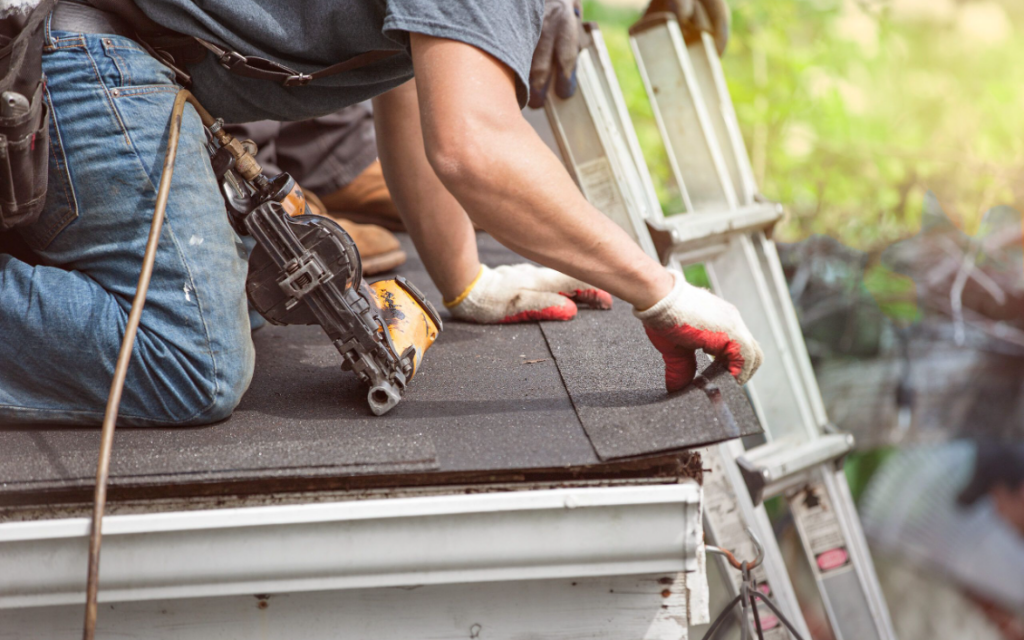Roofing materials have evolved significantly beyond traditional shingles, with innovative options now providing enhanced functionality and aesthetic appeal. This development is attributable to advancements in technology and a growing awareness of ecological considerations in construction.
Metal roofing, once relegated to industrial structures, has now found its way into residential homes, flaunting durability and energy efficiency. Similarly, green roofs and solar roofing solutions are gaining popularity as they offer an amalgamation of economic benefits and environmental responsibility.
In the quest for sustainable living spaces that harmonize with their environment while offering superior performance characteristics, homeowners are more inclined towards these new-age roofing alternatives. The exploration of metal roofs along with green and solar roofing solutions uncovers an array of advantages ranging from longevity to energy conservation.
It is thus imperative for individuals seeking roof replacements or new installations to be aware of these progressive choices available in the marketplace today. By opting for such innovative materials, one not only aligns themselves with current trends but also contributes positively towards building a sustainable future.
Diving into the World of Metal Roofing
Delving into the realm of metal roofing unveils an ocean of options that, in a hyperbolic sense, could seemingly rival the number of stars in the galaxy in terms of variety and customizability.
Metal roofs are not only durable and long-lasting but also provide an aesthetic appeal unmatched by traditional shingles. Their longevity can be attributed to their resistance against elements such as wind, rain, snow, and fire. Moreover, they are eco-friendly as they comprise mostly recycled material and reflect solar radiant heat which helps reduce cooling costs during summer months.
The world of metal roofing is divided into several types – copper, aluminum, zinc, stainless steel among others. Each type offers distinct advantages over the other ranging from corrosion resistance to durability under severe weather conditions.
For instance, copper roofs offer a unique aesthetic appeal with their beautiful green patina over time; however, they may not stand up well against hail or heavy winds unlike steel or aluminum counterparts. Similarly, while stainless steel roofs offer exceptional strength and durability under harsh weather conditions; they are generally more expensive than say aluminum or zinc roofs which are lighter on pocket yet reliable for longevity purposes.
Thus making an informed choice about the right type of metal roof requires a deep understanding about these materials along with personal needs and budget considerations.
Unveiling the Benefits of Green and Solar Roofing Solutions
Harnessing the power of sustainable energy, green and solar roofing solutions present a multitude of benefits ranging from reducing carbon footprint to substantial energy savings. As society pivots towards eco-conscious choices in all aspects of life, these alternative roofing materials are rising to prominence. The adoption of green and solar roofs is not merely a trend; it’s driven by the realization that traditional shingles, while functional, may not be the most environmentally friendly or economically sound choice for long-term use.
1. Reduction in Energy Usage: With green roofs featuring living plants that provide natural insulation and solar panels generating electricity from sunlight, these solutions significantly reduce reliance on external power sources resulting in considerable energy savings.
2. Environmental Impact: Both types of roofs contribute positively to the environment by reducing greenhouse gas emissions. Green roofs absorb carbon dioxide while solar panels produce clean energy.
3. Economic Benefits: Over time, reduced energy bills and potential revenues from feeding surplus electricity back into the grid mean these roofing alternatives can prove financially advantageous.
4. Aesthetic Appeal & Community Engagement: Aside from their practical benefits, green and solar roofs also enhance aesthetic appeal and promote community engagement through rooftop gardens or shared renewable resources.
In summary, it is evident that shifting away from conventional shingle roofing towards innovative green and solar solutions carries an array of advantages – environmental protection through lower emissions; economic gain via long-term cost reduction; enhanced aesthetics which foster a sense of collective pride within communities; as well as promoting sustainability values which resonate deeply with those seeking to belong in a conscientious society focused on preserving our planet for future generations.

